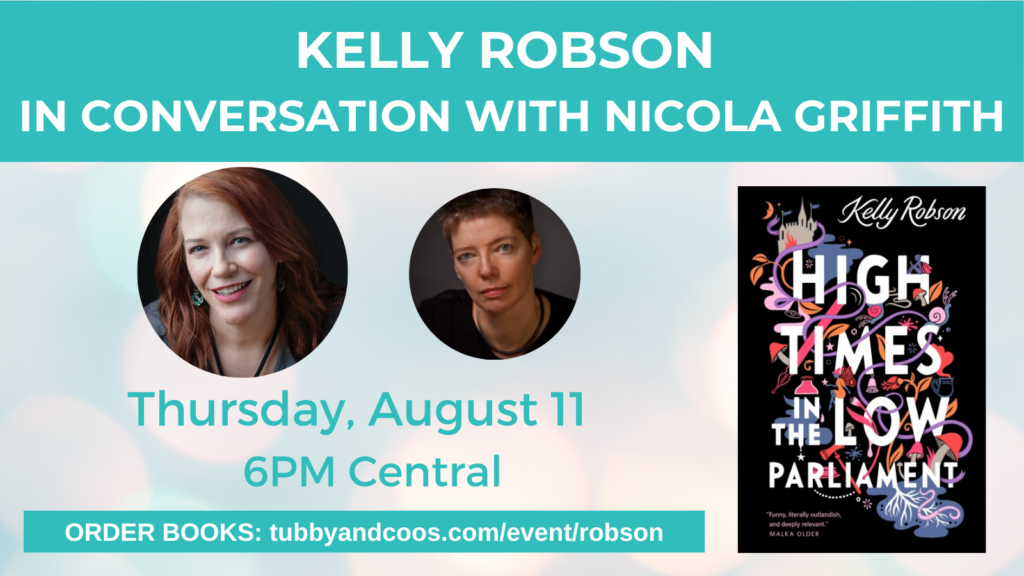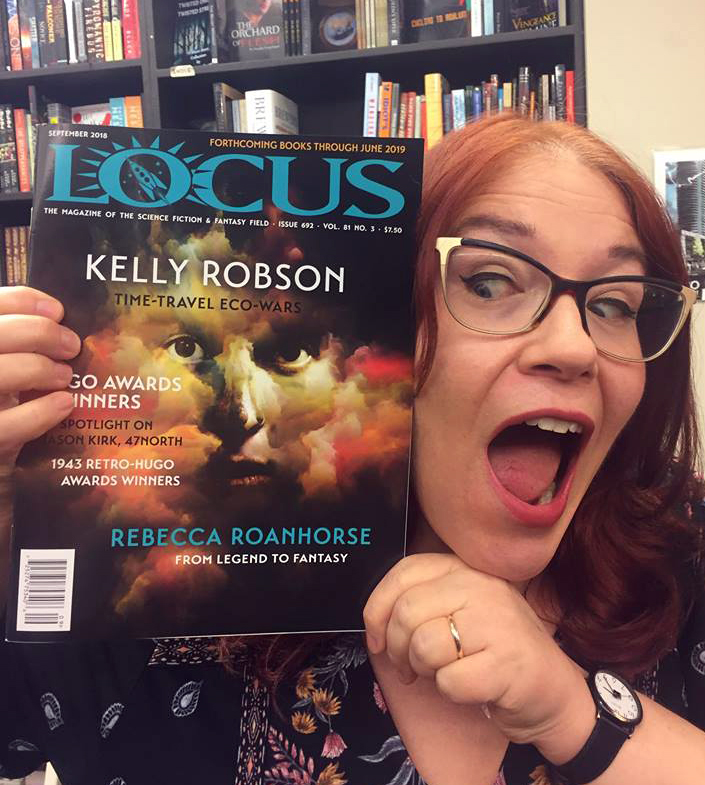Did you know we’re living in a golden age of non-fiction writing? It’s true: never have there been so many excellent books on so many diverse topics. Here are some of my favorites from the past few years. I’ve been meaning to do a run-down on this topic for a while, so there’s a lot!
I’ll try not to use the term “mind blowing” too many times (runaway enthusiasm is my drug of choice). But all of these books sincerely did.
A Cold Welcome: The Little Ice Age and Europe’s Encounter with North America, by Sam White
Early North American colonization attempts by Europeans were doomed by the colonizers’ poor knowledge of about climate science. They assumed that growing seasons in North America were analogous to those at the same latitude on the opposite side of the Atlantic, which it simply isn’t. This led to a lot of failed attempts and fascinatingly stupid disasters.
It also discusses the theory that the Little Ice Age is directly linked to the population crash of North and South American Indigenous people via intentional and unintentional genocide by European colonizers, which was a link I’d never heard before. The evidence holds up.
The Life and Death of Mary Wollstonecraft, by Claire Tomalin
This biography was extra-fascinating because the biographer has very little sympathy for her subject. Basically, she treats Mary Wollstonecraft like a massive trash fire. Which, sure, there’s a lot of evidence for her being a hot mess. What a life, though.
It also goes into depth about Mary Wollstonecraft’s involvement with the French Revolution. She went to Paris as a journalist at the beginning of the revolution and threw herself into it whole hot. She might have been a disaster but she had lots of guts.
Romantic Outlaws: The Extraordinary Lives of Mary Wollstonecraft and Her Daughter Mary Shelley, by Charlotte Gordon
I read this right after the biography above, and it made a great pairing. Mary Shelley’s radical mother died giving birth to her. They never knew each other, but their lives were entwined nonetheless.
This dual biography that jumps from Mary to Mary, picking out influences and similarities between their lives. It’s simply wonderful. The biographer is sensitive to the domestic detail of both women’s lives, which is extremely relevant, because while they were rewriting our history, both women had to support their extended families financially, emotionally, and domestically.
The Tiger, by John Vaillant
In the isolated Amur region of Siberia, poachers hunt tigers, and the tigers hunt them right back. This is the story of how tigers respond to human threat, taking revenge in ways that are simultaneously human and alien. We know cats are smart. This book show’s they’re also psychologically sophisticated. Cats know us well.
At points, while reading this book, I simply had to scream, “No way!” It’s brilliant.
Origins – How Earth’s History Shaped Human History, by Lewis Dartnell
It makes sense, right? Humans evolved in specific ecosystems, so climate, geography, geology all influence who and what humans are.
One of the most fascinating revelations here is the theory that the climatic variations of the Rift Valley, which fluctuated from wet to dry on a 50,000-year cycle, are the reason humans evolved to be smart and adaptable. And it also may mean we are uniquely suited to surviving or even thriving in conditions of climate change.
The Five, The Untold Stories of the Women Killed by Jack the Ripper, by Hallie Rubenhold
Millions and millions of words have been written about Jack the Ripper. Movie, TV shows, comic books, you name it, but it’s all conjecture.
By contrast, there’s a lot of information about the five women he murdered, but their stories have never been told. Jack is the universal boogeyman, but let’s forget about him. In the past, these five woman have been faceless and near-nameless, but no more. What a brilliant book.
What I found especially fascinating (and terrifying) is the repeated illustration of fragility of women’s lives in the downward spiral of poverty. This has not changed.
Timefulness: How Thinking Like a Geologist Can Help Save the World, by Marcia Bjornerud
Okay, I’ll admit it. When I really want to relax, I read about geology. This book is about deep time – the unimaginable timescales of our planet, where we are not even a blip in the data.
Humans have trouble thinking long-term. Even five years is often too much for us. If we can start appreciating our temporal insignificance and plan for the future using more reasonable time frames, we have a chance of living to meet our future.
Spying on Whales: The Past, Present, and Future of Earth’s Most Awesome Creatures, by Nick Pyenson
Before reading this book, I would have said that scientists know a lot about whales. After reading it, turns out we know almost nothing. But what we do know is amazing.
Also, I was blown away when the author, Nick Pyenson, describes discovering a wholly unknown whale organ never before recorded by science. It’s not a small organ, either!
Maybe this is the best book I’ve ever read? Yes, probably. Whales!
The Rise and Fall of the Dinosaurs: A New History of a Lost World, by Steve Brusatte
Of course I love dinosaurs. What’s special about this book is it’s new (published in 2018), so it’s as up-to-the-minute with the latest research. Or up to a couple years ago, at least.
The author is a young paleontologist and seems to have no sacred cows. He’s just as fascinated by dinosaur tracks as he is by huge fossil finds. Just as enthralled by ancient reptiles as he is by T-Rex and the gang.
But best of all, Steve Brusatte is a cracking writer. Gosh, it’s good.
Women’s Work: The First 20,000 Years Women, Cloth, and Society in Early Times, by Elizabeth Wayland Barber
This book makes a superb argument for the importance of textiles in the development of human societies. It’s an area of history under-researched because of the assumed unimportance of women’s economic activities, and also because of the relatively few surviving artifacts in the historical record.
But that doesn’t mean there’s nothing to discover. Textiles were cutting edge science and technology, and its practitioners constantly innovated and adapted materials and techniques. A great book on an important topic. Also tons of fun.
The Brontes: Wild Genius on the Moors: The Story of a Literary Family, by Juliet Barker
A lot of what we think we know about the Brontës is untrue, a series of literary inventions concocted by their early biographers and by Charlotte herself. Those stories have been taken as gospel, but it turns out their lives weren’t as simple or as bleak and isolated as they would have had us believe.
Instead of taking the Brontë legends at face value, Juliet Barker actually goes to primary sources (imagine that!) to write a new biography of this fascinating family. It’s incredibly detailed and immensely readable.
Debt: The First 5,000 Years, by David Graeber
Finally, the book I recommend to everyone, always, as a worldbuilding primer, as an unfamiliar take on history, and for insights on human behavior.
David Graeber is an anthropologist, and he argues that the model of early human economic interaction standard to every econ textbook and taught in every 101-level course is, at best, a simple fantasy, and at worst, dumb as hell. Turns out, basic barter exists nowhere in the anthropological record. What does exist is much much more complicated, and has fascinating implications for our times.






























 , and choose Add Tweet to bookmarks.
, and choose Add Tweet to bookmarks.